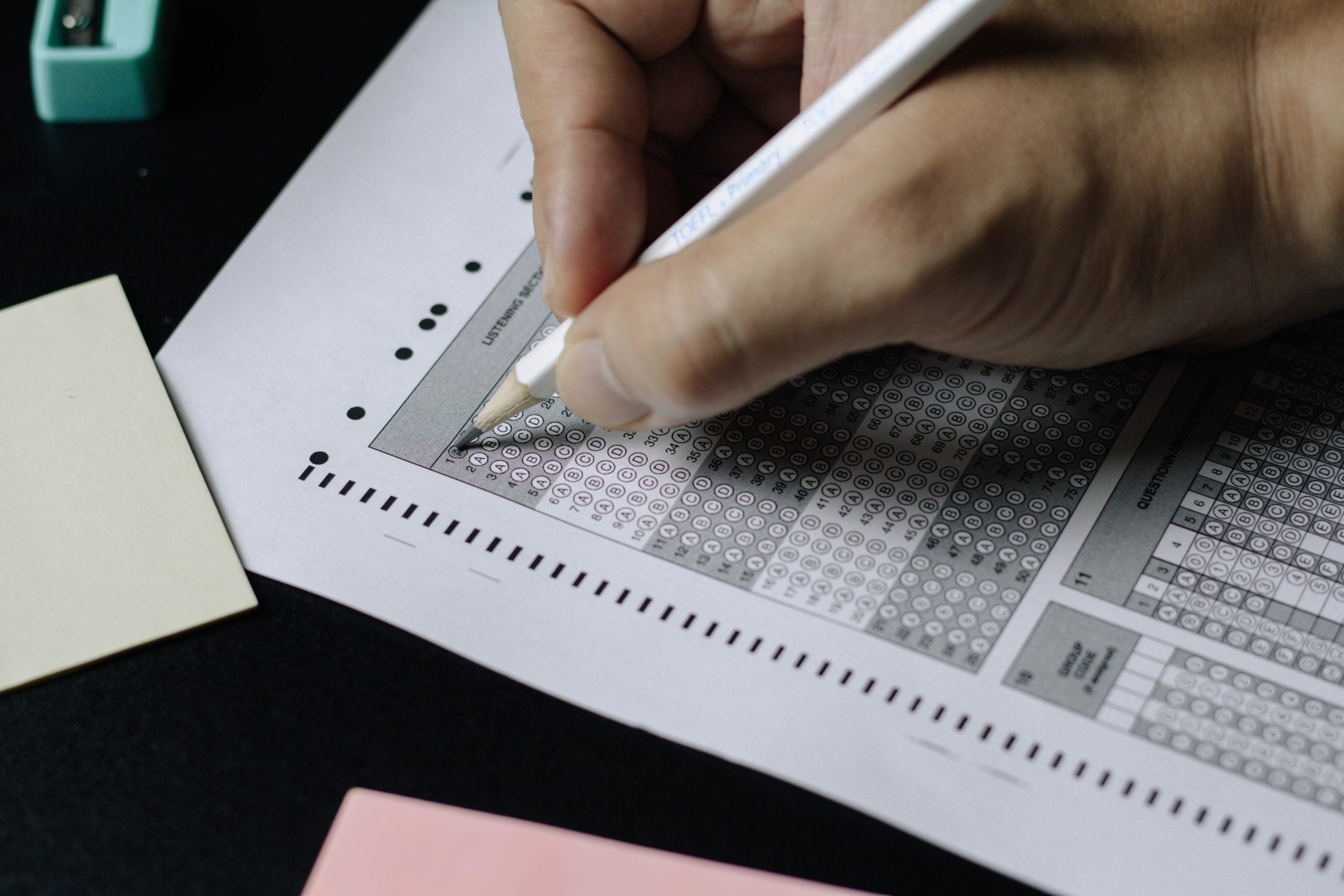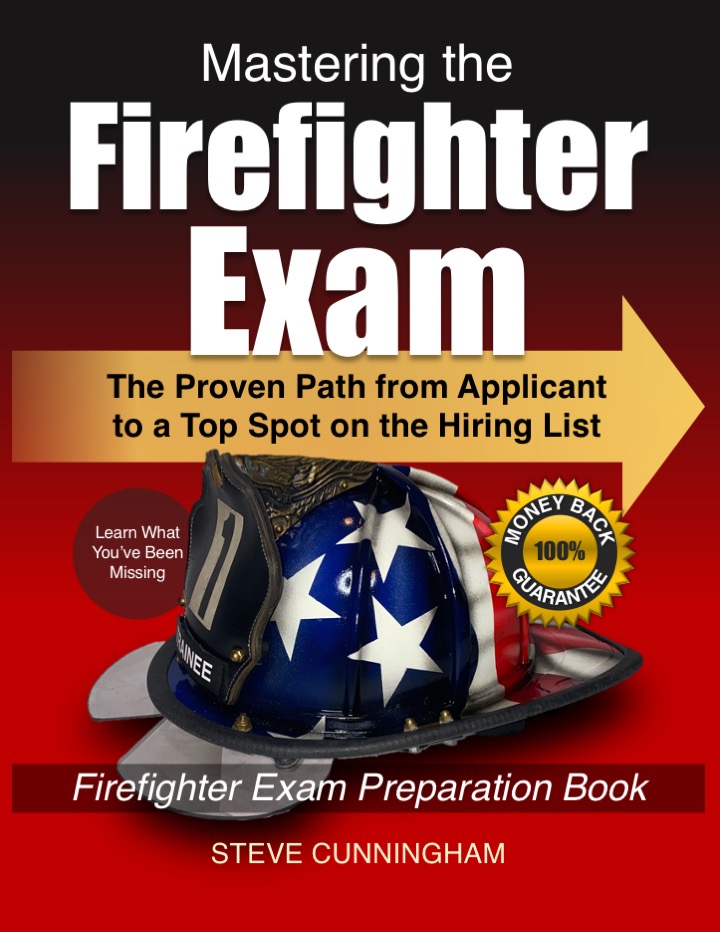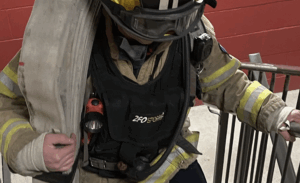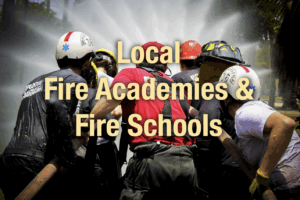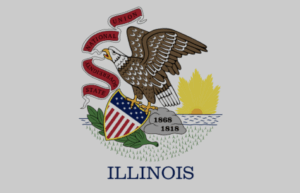Whether fresh-faced recruits or seasoned veterans, aspiring firefighters share a common first challenge on their path to serving their communities: the firefighter written test. This pivotal examination evaluates your knowledge, skills, and critical thinking abilities, which are crucial in the high-stakes world of firefighting.
But here’s the catch: not all firefighter written tests are identical. They come in various forms, each designed to assess different aspects of your readiness for this demanding profession.
In this blog post, we’ll unravel the mystery behind the different types of firefighter written tests you’ll likely encounter, offering insights, tips, and strategies to help you conquer this initial hurdle confidently. If you want to learn more about hiring, go to my blog: The Fire Department Hiring Process: Unlocking Opportunities.
Whether you’re gearing up for your first attempt or looking to improve your performance, this guide will provide the knowledge you need to excel in the diverse landscape of firefighter written examinations. Let’s dive in and demystify the world of firefighter testing.
Table of Contents
Why Use Free Firefighter-Test.com Entrance Exam Practice Questions and Answers?
The firefighter entrance exam is designed to evaluate essential skills such as reading comprehension, mathematical reasoning, mechanical aptitude, and situational judgment.
To perform well, you need to practice answering questions under timed conditions while also understanding the reasoning behind the correct answers.
Firefighter-Test.com provides:
- A Wide Range of Free Practice Questions – Covering all key areas of the exam.
- Detailed Answer Explanations – Helping you learn from mistakes and improve problem-solving skills.
- Full-Length Timed Practice Exams – Simulating real test conditions.
- Expert Strategies – Giving you the edge needed to pass on the first try.
Why Are Firefighter Written Tests Different?
Each city and fire department has its own goals, impacting their firefighter written test content.
- Some departments collaborate with other departments to develop a standardized test that reflects mutual interests between them.
- Other departments develop a test that reflects the unique characteristics and services they offer to a jurisdiction.
Many fire departments will use the same type of written test method year after year. You may be able to find old job postings to uncover the test type.
Types of Firefighter Written Tests
Most fire departments require a firefighter candidate written test for their evaluation and hiring process. It’s important to know which type of test you will be taking. There isn’t a standardized test among fire departments across the country. However, the two most common firefighter written tests are the “closed book” and the “mental aptitude test,” or a combination of the two.
1. The Closed Book Test
The hiring authority selects this test because it includes aspects related to the fire service (i.e., fire science, behavior, and theory), specifically those of particular interest to the local department. For example, the Fire Department in New York City might include questions on high-rise firefighting.
Most adults are familiar with closed-book tests, such as midterms or finals. For the written test, the candidate is given reading material (a book or manual) on a specific date and allowed to study it until the day of the written exam.
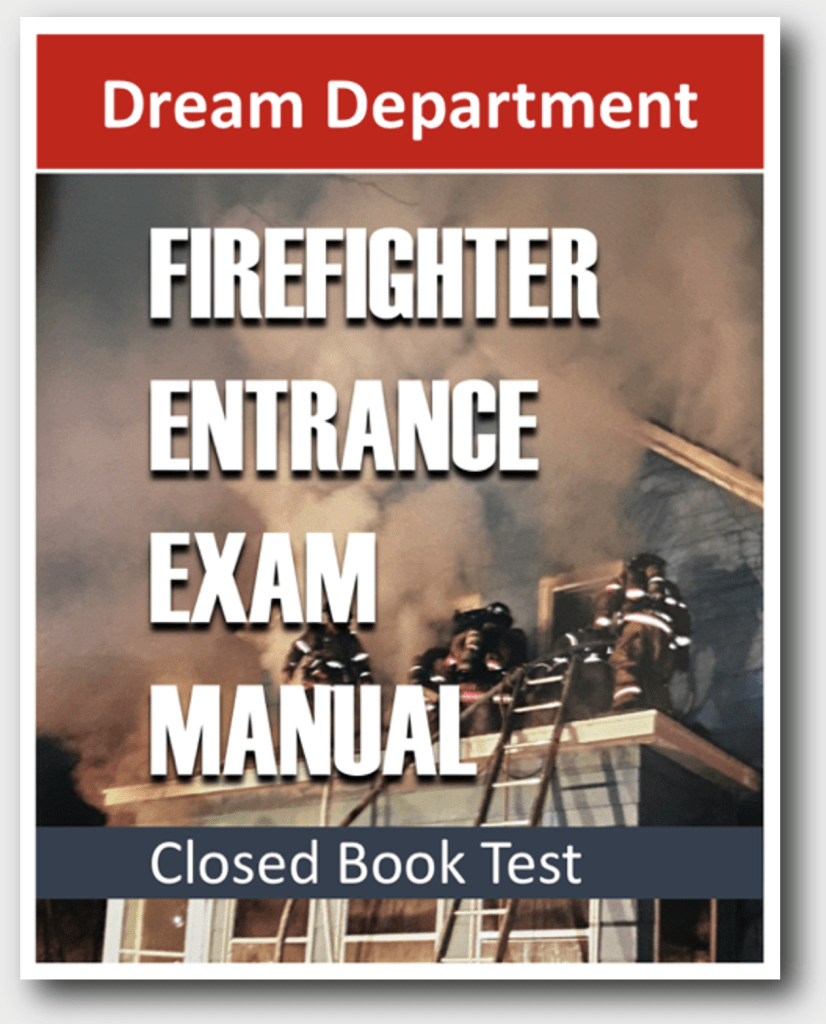
Here’s a description of this test:
- Content Focus: Fire departments may develop custom books/manuals or use resources like “Fundamentals of Fire Fighter Skills”to test firefighter candidates on various fundamental topics.
- Basic Firefighting Knowledge: including fire behavior, safety procedures, equipment operation, and firefighting techniques, ensuring candidates’ proficiency in essential skills before they become firefighters.
- Emergency Medical Services (EMS): Many firefighter entrance exams include a section on basic EMS knowledge since firefighters often provide first-response medical care. Interested in brushing up your EMS skills check out: EMT (Emergency Medical Technician) Crash Course with Online Practice Test, 2nd Edition.
- Multiple-Choice Format: The test typically consists of multiple-choice questions, where candidates must choose the correct answer from a list of options. This format assesses a candidate’s knowledge of firefighting principles and ability to make quick, informed decisions under pressure.
- Time Limit: Candidates are given a specific time limit to complete the exam, which adds an element of time pressure, simulating the urgency often faced in firefighting scenarios.
- Closed-Book Nature: As mentioned, this test is typically closed-book, meaning candidates are not allowed to use reference materials or study aids during the exam. This evaluates a candidate’s knowledge and readiness without external assistance.
- Scoring: The exam is scored objectively, with each correct answer earning points and incorrect or omitted answers typically not penalized. The total score determines a candidate’s ranking among applicants.
Testing Topics
Fire departments often administer closed-book tests as part of the entrance exam to assess candidates’ knowledge and suitability for the firefighting role. Some common types of closed-book tests include:
- Fire Science and Fire Behavior: This test assesses candidates’ understanding of fire chemistry, behavior, and spread. Questions may cover topics like fire ignition sources, the fire triangle, fire suppression methods, and fire dynamics.
- Firefighting Tactics and Techniques: This test evaluates candidates’ knowledge of firefighting strategies, equipment usage, and tactics. Questions may cover topics like hose management, nozzle operations, ventilation, and search and rescue procedures.
- Fire Prevention and Codes: Candidates are tested on their familiarity with fire prevention measures, building codes, and fire safety regulations. Questions may cover fire alarm systems, egress routes, and code compliance.
- Emergency Medical Services (EMS): This test assesses candidates’ understanding of basic medical procedures, CPR, first aid, and initial patient assessment. It’s crucial as firefighters often provide medical assistance.
- Hazmat Awareness: Candidates are tested on their awareness of hazardous materials and how to respond to dangerous substance incidents. Questions may cover identification, containment, and protective measures.
- Search and Rescue Techniques: This test evaluates candidates’ knowledge of various search and rescue methods, including techniques for locating and extricating victims in different scenarios.
- Fire Apparatus and Equipment: Candidates are questioned about the types of fire apparatus, tools, and equipment used in firefighting. This includes understanding the purpose and operation of various tools and vehicles.
- Emergency Response Procedures: Candidates are tested on their ability to follow emergency response protocols, including communication procedures, incident command systems, and coordination with other agencies.
- Fire Department Organization and Structure: This test assesses candidates’ understanding of the hierarchy, roles, and responsibilities within a fire department, as well as the chain of command.
- Public Safety and Ethics: Candidates are evaluated on their knowledge of ethical considerations, professional conduct, and public safety priorities.
- Problem-Solving Scenarios: Some tests present candidates with hypothetical firefighting scenarios and ask them to make decisions based on their knowledge of firefighting principles.
Important
It’s important to note that the exact format and content of firefighter entrance exams can vary by region and department. Candidates should be well-prepared to demonstrate their understanding of firefighting concepts and procedures. Candidates preparing for these exams often use study guides and practice tests to familiarize themselves with the questions they may encounter and improve their chances of success in this critical step toward a firefighting career. If your interested in seeing some of the unique career paths within the fire service go to my blog: Unlocking Specialized Firefighter Career Paths.
Bottom Line
Get the book. Read and study it from cover to cover. Memorize the content and answer any sample questions in the book for practice.
2. The Mental Aptitude Test
Becoming a firefighter is about more than physical prowess and technical skills. Fire departments across the United States recognize the vital importance of mental aptitude in this high-stakes profession. To assess a candidate’s cognitive abilities and problem-solving skills, firefighter mental aptitude tests are a common and critical component of the hiring process. In this article, we’ll delve into the types of topics these tests cover and provide you with essential tips to prepare effectively.
The hiring authority selects this type of test because it matches up the candidate’s skills with the perceived skills necessary to be a successful firefighter.
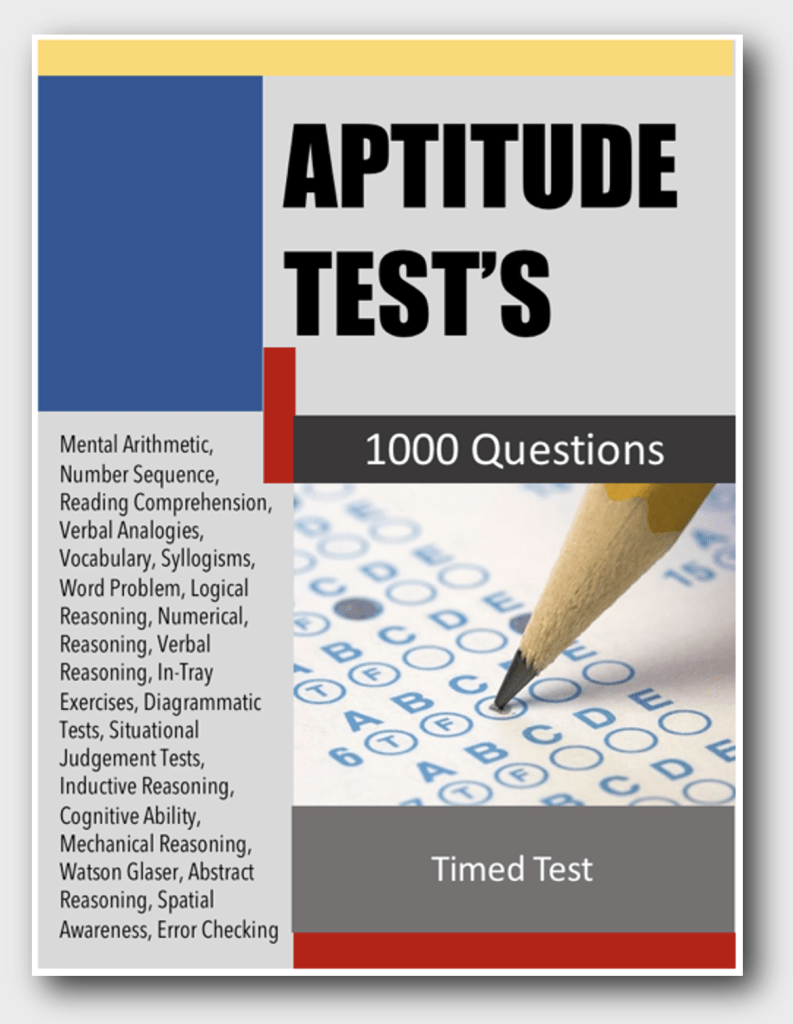
Types of questions
Most mental aptitude tests involve a combination of different types of questions. Firefighter candidates will usually answer multiple choice questions but should expect some “free response” questions, which ask the candidate to state a belief or write a short essay and support it with facts or examples.
The most common mental aptitude tests used for the firefighter assessment are the types that measure a candidate’s ability to do the job and work with the public. They may include situational judgment, reading comprehension, map reading, mathematical reasoning, and various human relations skills.
Testing Topics
Firefighter Mental Aptitude Tests are designed to evaluate your cognitive abilities and capacity to make quick, sound decisions under pressure, a skillset fundamental to the firefighting profession. These tests typically contain various questions and scenarios to assess your mental readiness. Here are some common topics they cover:
- Mathematical Reasoning: Basic Math: Expect questions involving arithmetic, algebra, and geometry. You might need to calculate hose lengths, water pressure, or vehicle speeds. Word Problems: Be prepared to solve real-world firefighting scenarios through mathematical equations.
- Reading Comprehension: Information Retention: You’ll read passages related to fire safety procedures, equipment manuals, or emergency response protocols. Questions assess your ability to comprehend and recall critical information.
- Spatial Reasoning: Map Reading: Assessments may involve interpreting maps or floor plans of buildings to plan escape routes or identify hazards. Pattern Recognition: You might encounter questions about identifying patterns or configurations within complex diagrams.
- Problem-Solving: Situational Judgment: Expect scenarios simulating firefighting situations. You’ll need to choose the most appropriate course of action or prioritize tasks time-sensitively.
- Critical Thinking: Logical Reasoning: These questions assess your ability to deduce conclusions based on given information or to identify inconsistencies in a set of facts.
The Most Frequently Used Mental Aptitude Test for the Firefighter Written Test
Is the National Firefighter Selection Test (NFST)
- Purpose: The NFST is a written aptitude test designed to assess cognitive abilities and problem-solving skills essential for success in the firefighting profession.
- Content: The test typically includes multiple-choice questions covering various topics, including math, reading comprehension, map reading, mechanical reasoning, and spatial orientation.
- Objective: The NFST helps fire departments identify candidates with the cognitive abilities to handle complex situations and make effective decisions during emergencies.
- Usage: The NFST is used by various fire departments as a standardized tool to evaluate candidates’ mental readiness for the job.
NFST plays a critical role in the firefighter selection process, ensuring that candidates possess the cognitive abilities and problem-solving skills required to excel in the challenging and dynamic environment of firefighting.
Ready to Pass the Test and Get Hired?
Mastering the Firefighter Exam is a complete guide on how to pass the firefighter exam with a top score. It simplifies the complicated hiring practices of big city fire departments and reveals insider information most candidates don’t know about.
If You Would Like To Know How To Get A Head Of Your Competition, This Book Is For You.
Preparing for the Firefighter Written Test: The Mental Aptitude Exam
Success in these tests requires strategic preparation. Here’s how to best prepare:
- Study Guides: Invest in study guides specifically tailored to firefighter aptitude tests. These resources often provide practice questions and explanations.
- Practice Tests: Take practice exams under timed conditions to simulate the actual testing environment and gauge your performance.
- Brush up on Math and Reading: Review basic mathematical concepts and enhance your reading comprehension skills by reading technical materials related to firefighting.
- Problem-Solving Exercises: Practice logical reasoning and problem-solving exercises to improve your critical thinking abilities.
- Stay Calm and Focused: During the test, stay calm, read questions carefully, and manage your time wisely.
By preparing diligently and focusing on the key topics covered in these tests, you can maximize your chances of success in becoming a firefighter. Remember, mental readiness is as important as physical readiness in this heroic profession.
Why Do Candidates Fail?
Most people fail due to a lack of preparation and nerves. To be effective, put 100% of your energy into preparing for the written test and be ready for the exact type of test you’ll be taking.
Search the internet for resources to help prepare for the firefighter written test. There are plenty of tests, and study guides to be found. Use your time wisely to find examples of the test type that align with your target fire department – and study those.
Finding Firefighter Written Test Practice Exams
As for practice tests, several options are available online to help you prepare for firefighter mental aptitude tests. These practice tests may differ from a particular department’s exam but can help you build the cognitive skills needed for success. Here are some popular resources:
Firefighter Written Exam Websites: Many websites dedicated to firefighter exam preparation offer practice tests and study materials.
Books and Study Guides: Numerous books and study guides are available, including practice tests and explanations for various aspects of firefighter testing.
Online Testing Services: Some online platforms offer simulated firefighter aptitude tests that resemble actual exams closely.
Local Fire Training Centers: Some local fire training centers or academies may offer in-person or online courses that include practice tests and coaching specifically tailored to the tests used in your region.
When choosing a firefighter written exam practice test, it’s essential to research and select resources that align with the types of questions and topics commonly covered in firefighter mental aptitude tests. While they may not replicate a specific department’s test, they will help you build the skills and confidence necessary to excel in the exam. Additionally, you can contact your target fire department for guidance on recommended preparation materials or resources specific to their hiring process.
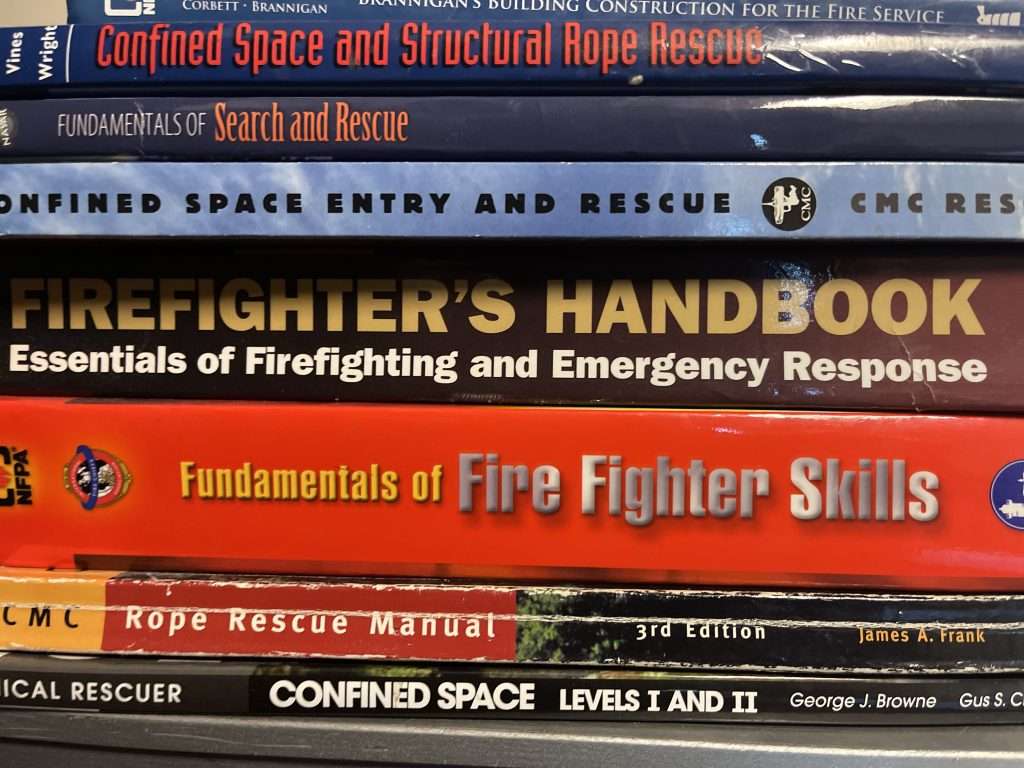
Access Your Test Prep Resources Today!
How Are Firefighter Written Tests Administered?
Firefighter written tests are typically administered by the fire department and the city’s Human Resources Department as part of their hiring process, and the specific procedures can vary from one department to another. However, there are commonalities in how these tests are administered:
- Eligibility Screening: Fire departments review the applications to ensure that candidates meet the minimum eligibility requirements. These requirements may include age restrictions, educational qualifications, and any necessary certifications.
- Invitation to Testing: Candidates who meet the eligibility criteria are invited to participate in the written test. This invitation typically includes information about the date, time, and location of the test, along with any specific instructions.
- Testing Location: The written test is usually conducted at a designated testing location, such as a community center, school, or fire department facility. Some departments may also offer online testing options.
- Proctoring: The test is proctored to ensure a fair and controlled testing environment. Proctors oversee the testing process, distribute test materials, and provide instructions to candidates.
- Scoring: Candidates’ responses are scored objectively after completing the written test. Each correct answer earns points, and the total score determines a candidate’s ranking among applicants. See chart
- Notification of Results: Once the tests are scored, candidates are informed of their results. Successful candidates are typically invited to continue with the hiring process, which may include physical agility tests, interviews, background checks, and medical examinations.
Preparing with study materials and practice tests can help improve your performance and increase your chances of success in this critical step toward becoming a firefighter.
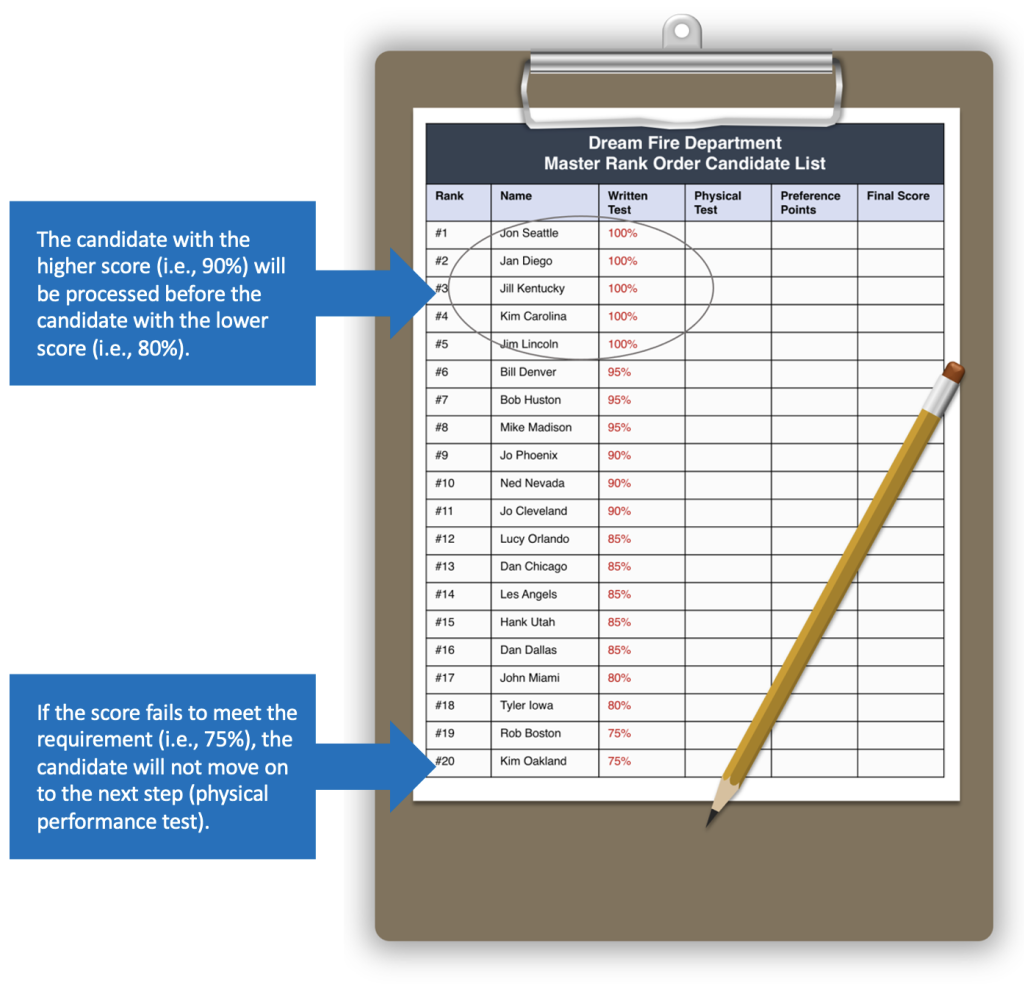
Take Advantage of Opportunities
During the open application period, instructional packets describing details about the written test are usually available to candidates. Some departments also offer orientations and workshops for candidates.
Summary
After the application phase opens, contact the city department of human resources or hiring authority and find out exactly what kind of firefighter written test you’ll be administered and if any tools or events are available to help applicants prepare for the written exam.
Key Takeaways
- Find out what type of test (closed book or mental aptitude) you’ll take.
- If it’s a closed-book test, understand and memorize the content.
- If it’s a mental aptitude test, find out what format (reading comprehension, number sequence, situational judgment, etc.) and start practicing.
- Find and prepare the appropriate test material to study.
<a href=”https://www.firefighter-test.com/affiliates/idevaffiliate.php?id=122_0_1_6″ target=”_blank”><img style=”border:0px” src=”https://www.firefighter-test.com/affiliates/media/banners/b_horizontal1.png” width=”936″ height=”120″ alt=”Firefighter test prep”></a>

